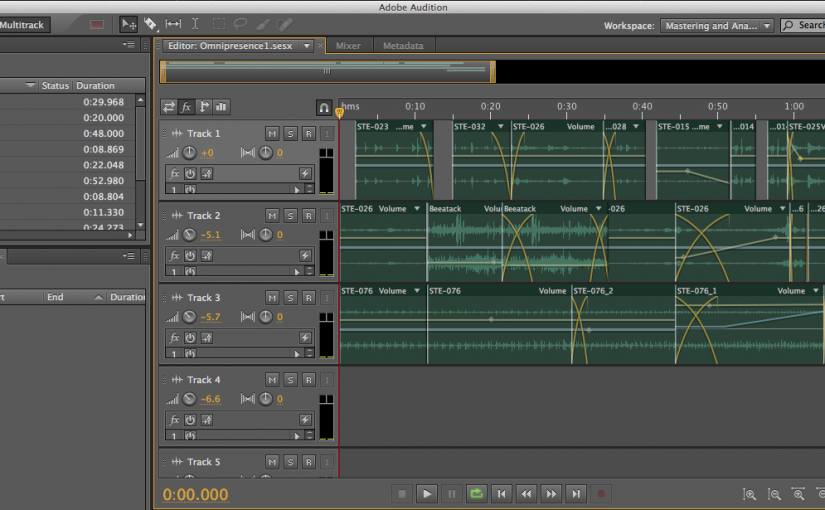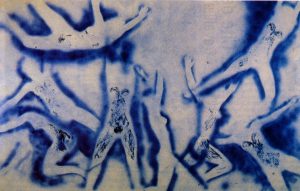Artist Statement
Whilst trying to create a sound for what resembled the experience of Omnipresence Sans Omnipotence, the artist realised that he was not achieving anything close. It would always feel like something was missing; something that could not be expressed. As a result, what came out was a sonic portrait of attempting to perceive something that was unperceivable, i.e. Omnipresence Sans Omnipotence.
The ordinary world makes sense to us. It may not always be explainable, but it makes sense. Some questions beget more questions, ad infinitum. That was the case with Omnipresence Sans Omnipotence.
This sonic portrait is about the descent down the rabbit hole, getting some idea, but mostly getting more questions and eventually, being overwhelmed by the experience.
Process
I wanted to create a sound for something that could not be seen. Somehow, my mind wandered into Omnipresence, specifically, Omnipresence Sans Omnipotence.
I researched on all the given sound designers and decided to reference Chong Li-Chuan who made The Bowing Plant’s Dream. I thought about Bani Haykal’s work as it seemed like a relevant style, but for the life of me, I just could not understand his art.
I recorded all the sounds used in the submitted work. I knew that I wanted to use musical instruments to create a variety of sounds of different quality so that I could experiment on them in Audition. Apart from that, I seized the opportunity with the H4 zoom to record what I could from my surroundings before I had to return it.
Up to this point, I only had a vague idea of what Omnipresence was to me. I was hoping that through listening to the different sound qualities that I had recorded, I would form a better understanding of what I wanted. However, I still formed no impression of the idea. I then told myself, “Just make a rough cut. Maybe then it’ll make sense.”
It didn’t. Perhaps it might convey the idea of Omnipresence to someone, but I could not convince myself.
After taking a break and returning, I listened to it again and it dawned on me that it sounded like someone attempting to perceive something unperceivable. From there, I aligned the sonic portrait to fit the new idea.








